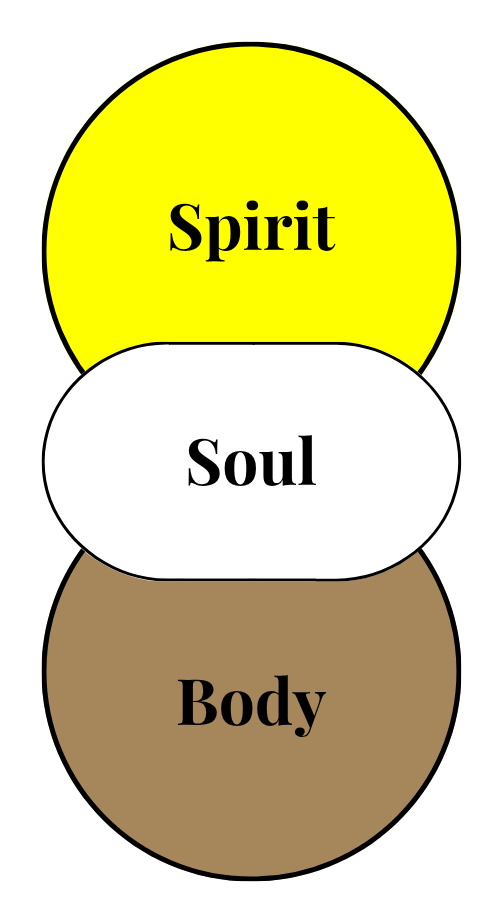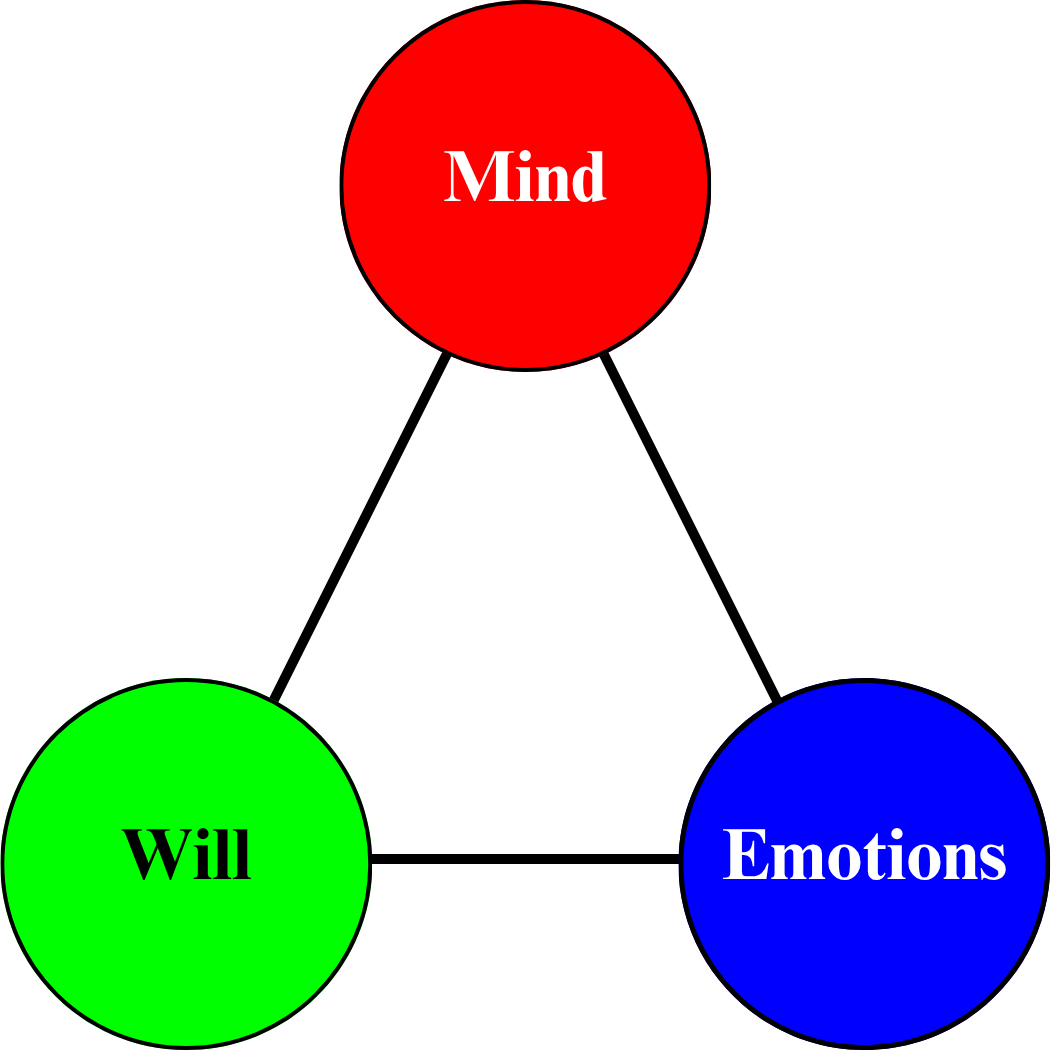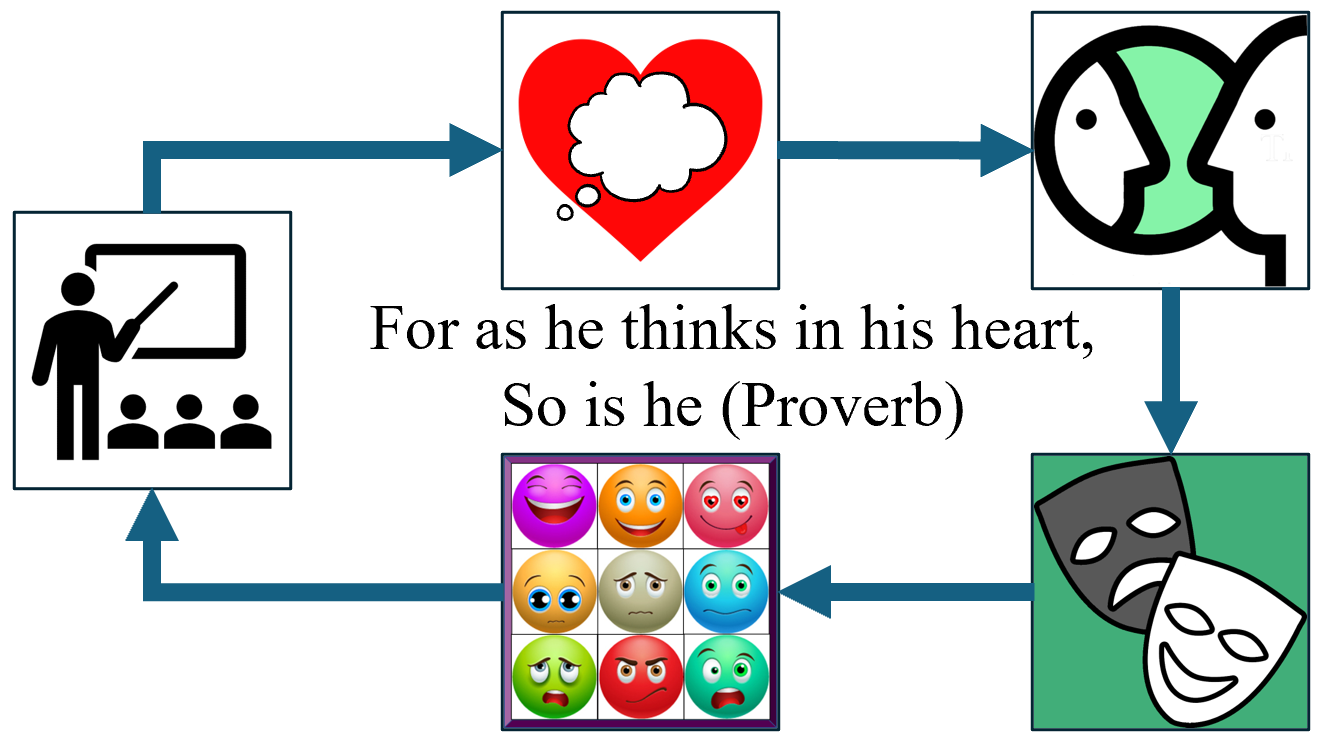
Our Core Beliefs
At Kairos Pathways our core beliefs are:
Every person has equal value. There is no one who is superior or inferior to another.
Every person is special. Though we share some common traits with the rest of the human race, each of us are uniquely designed – and it’s this uniqueness that makes us special.
Using the analogy of a jigsaw puzzle: each piece is made of the same material, some share similar shapes, but every piece has a unique image on the topside. Every piece in the puzzle is needed to complete the puzzle and a missing piece diminishes the puzzle on the whole.
Each of us were given life by the Creator who made all things and without him nothing was made that has been made. The Creator designed us with traits that are common to every human, but with differences that make us a treasured piece of the puzzle of life.
The Creator takes an active rule in our lives to transform every aspect of our life to work it all out for good for our sake.
Our Makeup
At Kairos Pathways we believe that:
Every person is a synergy of spirit, soul, and body.
Each person is a spirit who lives in a body and has a soul.
Wholeness is achieved when we nurture all three aspects of our being. This integrated model empowers clients to restore balance and reclaim agency in their lives.
Our spirit is our true self and an inner compass, guiding us toward truth and higher awareness.
The soul carries our experiences, traumas, memories, and potential for growth and integration.
Our body carries our stories and responds to the current state of both our soul and spirit.
We believe that coaching should address transformation holistically and not symptomatically.
Computers and Humans
My computer, how I hate it. I wish that I could sell it!
It never does what I want it to … only what I tell it!
At Kairos Pathways, when it comes to computer and humans we believe that both share common and important qualities:
Both have hardware.
Computer
Computers have motherboards, buses, ports, as well as internal and external devices. External devices are connected to the computer via ports that allow the computer to communicate with the external device. Internal devices reside inside the computer and are connected to the motherboard.
Human
We humans have organs, skeletal system, muscular systems, nervous system, endocrine system, sensory organs, and many other organs and systems that can be viewed via x-rays, CT Scans, MRI (Magnetic Resonance Imaging), Ultrasound, PET Scans, SPECT Scan, Endoscopy, Fluoroscopy, and Thermography.
Both have an Operating Systems (OS).
In computer terms, software is anything that can’t be touched, held, and handled.
Computer
Operating systems like Windows, macOS, and Linux are system software that manage and coordinate all hardware and software on a computer. They rely on device drivers, which are specialized programs that enable communication between the OS and hardware components. Computers use a mechanism called interrupts to allow the CPU to efficiently manage and respond to tasks from various internal devices and external devices connected through ports, ensuring smooth operation and multitasking. When an interrupt occurs, such as a keystroke or network signal, the CPU temporarily halts its current activity to address the new task, often guided by the operating system’s interrupt handlers.
Human
The brain, nervous system, and endocrine system (to name a few) influence the activation or deactivation of genes within our DNA through signaling pathways such as hormones and neurotransmitters. Genes can be activated (“expressed”) or deactivated (“silenced”) depending on internal and external signals. Our DNA, therefore, can be seen as our organic operating system – storing the instructions that guide cellular function and behavior.
The endocrine system releases hormones into the bloodstream. These hormones are chemical messengers that: travel to target cells in different parts of the body, bind to specific receptors on or in those cells, and trigger internal responses including activating or deactivating certain genes.
Both have Application Software (APPs)
Just as a computer without software is limited in function, a person who hasn’t discovered or developed their inner potential may never fully realize their unique role in the world. But when talents are awakened and skills are nurtured, people – like well-equipped computers – can operate with purpose, creativity, and impact.
Computer
Computers are inherently versatile machines, but their true functionality is unlocked through the use of software applications and apps. These programs expand the capabilities of a computer beyond basic operations, enabling it to serve as a word processor, a database manager, a photo editor, or even a video game console. Whether it’s creating documents, analyzing data, editing media, or engaging in interactive entertainment, applications act as specialized tools that give the computer purpose, direction, and task-specific utility. Without these programs, a computer remains a blank slate – powerful, but inert – awaiting instructions that shape its role in any given moment.
Human
In a similar way, each of us possesses unique talents, natural giftings, and learned skills that extend our ability to function and interact meaningfully with the world around us. Just as apps unlock a computer’s potential, these attributes shape how we express ourselves, solve problems, create, communicate, and grow. Some abilities are innate – like creativity, empathy, or physical coordination – while others are developed over time through education, life experience, and personal growth. Together, they equip us to fulfill diverse roles like teachers, artists, leaders, builders, caregivers, innovators, and beyond. These internal “capabilities” are not just enhancements – they define how we respond to our environment and contribute to the lives of others.
Both have a soul
Just as software is invisible code that directs a computer’s behavior, our thoughts and beliefs are intangible forces that direct our biology – both shaping how the system functions from the inside out.
Computer
Software, though intangible, is the unseen force that governs a computer’s functionality. Composed of binary-coded instructions, it tells the CPU what to do, how to do it, and when to communicate with internal and external devices. While software can’t be physically touched or held, it shapes every aspect of how a system operates – organizing memory, managing files, rendering graphics, or controlling a printer. It is somatic in nature: an invisible architecture of logic that produces real, observable outcomes in the physical system. Just as an idea can spark movement in a human body, software acts as thought encoded – giving form and function to an otherwise inert machine.
Human
In a strikingly similar way, human thoughts and beliefs, while invisible, have the power to influence physical reality within the body, including the activation or deactivation of genes. Emerging research in epigenetics shows that mental and emotional states can alter gene expression by affecting hormonal and chemical signals in the brain and body. For instance, chronic stress or fear can trigger the release of cortisol, which influences immune response genes, while hope, gratitude, or love can promote neural growth and healing processes. These internal “software commands”, our patterns of thought, perception, and belief, act as instruction sets that tell our biological system how to respond, adapt, and even change. Though intangible, our mindset profoundly shapes our physical health and capacity, much like software shapes the operation of a machine.
Both require a User to operate it.
Just as a user activates a computer’s function, the spirit activates the body and soul with purpose and life.
Computer
A computer, no matter how powerful or well-equipped it is, remains inactive and purposeless without a user. It cannot initiate tasks, make decisions, or apply its capabilities on its own. The user brings intent, direction, and interaction by choosing programs, inputting commands, and guiding the system’s function. In essence, the user brings life to the computer. Without a user, a computer is merely a silent machine and an expensive paperweight full of potential but void of any real purpose or motion.
Human
In the same way, the human body and soul (mind, will, and emotions) require the spirit to bring purpose, direction, and life. Our spirit is the real “us,” animating and guiding the human system from the spiritual realm into the physical. Without the spirit, the body remains lifeless, and the soul drifts without clear intent. It is the spirit that initiates action, gives meaning, and connects us to something far beyond physical existence … much like the user who gives a computer function beyond its hardware and software.
Our Soul
At Kairos Pathways we believe that:
Our souls consist of our mind, will, and emotions.
Our soul connects our spirit to our body.
Some components of our mind, will, and emotions are part of our spirit self while others are part of our physical self.
To the degree our mind, will, and emotions are in harmony with each other, will determine the degree of peace we’ll find in our soul.
The soul is the seat of our emotions, will, mind, and personality.
Our Self-Image
At Kairos Pathways we believe that:
Our self-image is a byproduct of the thoughts of our hearts.
- The thoughts of our hearts are the thoughts we accept as the truth, the whole truth, and nothing but the truth.
- What we accepted as truths have shaped our self-image and therefore our view of ourselves and our place in this world.
- Who we will be in the future will be determined by the thoughts we consider to be truths today.
- Someone once said, “If you tell a big enough lie and tell it frequently enough, it will be believed”. This is a fact because the thoughts of our hearts are ideas or beliefs we meditate on because we hear them often.
- As a result, not everything we believe is actually the truth, the whole truth, and nothing but the truth.
- As we seek for the actual truth, our self-image will change and move closer to our true-image in accordance to the new truths we claim.
- This means, we can be anyone we want to be…if we’re willing to believe we can be that person.
True-Image vs Self-Image
At Kairos Pathways we believe that:
Each of us has a unique and treasurable True-Image. Our current Self-Image desires to fully reflect our True-Image.
Every person’s True-Image is unique, valuable, and to be treasured as it is beneficial to us, our community, and the world.
Because every person’s True-Image is unique, our desired paths in life will be just as unique.
There are many ways to find our True-Image, and each path will be unique. There may be many paths to a destination, but the path we need to follow will be unique to us.
The closer our Self-Image gets to our Ture-Image, the greater our peace and life satisfaction will be.
How We Bring This Philosophy to Life
At Kairos Pathways, these beliefs aren’t just concepts – they’re the foundation of how we care for our clients. Our coaching process is intentionally designed to honor the whole person. Every session holds space for the integration of spirit, soul, and body, recognizing that lasting transformation happens when all three are acknowledged, nurtured, and aligned. Whether we’re working through emotional blocks, life transitions, embodiment practices, or questions of purpose, we approach every moment with deep respect for the uniqueness of each person’s path.
We weave this philosophy into everything we do. Our aim is not to diagnose or fix you, but to walk with you as you reconnect with your True-Image – the part of you that is already whole, wise, and deeply known. Using trauma-informed tools, mindful presence, and intuitive inquiry, we help you build resilience, recover clarity, and re-align your life with your deepest truth.
If you find yourself at a threshold – between what has been and what is yet to come – we welcome you. Here, you will be met with compassion, not judgment. Here, we trust the wisdom of your body, the courage of your heart, and the timing of your soul. Whenever you are ready, Kairos Pathways is here to help you walk your path – and lead with heart





